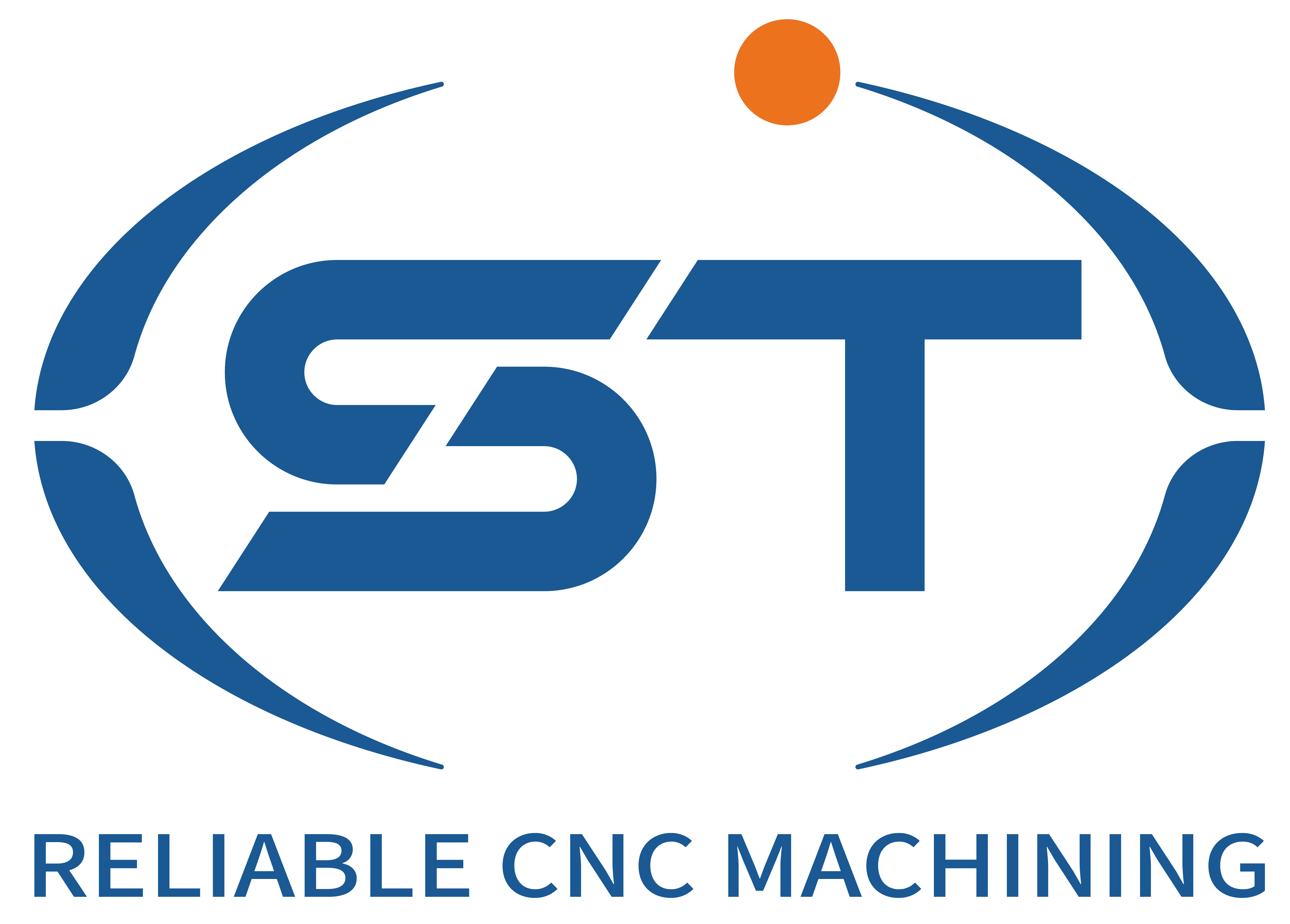Table of Contents
ToggleIntroduction: The Importance of Design in CNC Cost Reduction
Dans le domaine de l'usinage CNC (Commande Numérique par Ordinateur), la phase de conception est primordiale pour déterminer l'efficacité économique globale de la production. CNC machining is widely recognized for its precision and versatility, but the expenses associated with it can escalate rapidly if the design is not meticulously crafted. The initial decisions made during the design phase can significantly impact the time and material costs incurred throughout the manufacturing process. Thus, it is essential to understand the intricate relationship between design choices and machining expenses.
Thoughtful design can lead to optimization in several aspects of the CNC process. For example, a well-structured design can reduce the complexity of machining operations, thereby minimizing production time. Simplicity in design often translates to fewer tool changes, reduced cycle times, and ultimately, lower labor costs. Furthermore, when designers consider the limitations and capabilities of CNC machines during the planning stage, they are more likely to produce components that can be manufactured with existing resources, further curbing unnecessary expenditures.
In addition to time and labor savings, material expense is another significant factor influenced by design choices. By utilizing efficient shapes and minimizing waste through innovative design, manufacturers can optimize material usage and lower their raw material costs. Strategies such as nesting parts or creating designs that allow for multi-functional components can aid in mitigating waste, thus controlling overall CNC costs effectively.
In summary, the relationship between design and CNC cost reduction is profound. Implementing effective design strategies has the potential to enhance not only manufacturing efficiency but also cost-effectiveness. By prioritizing design considerations, companies can ensure that they maintain competitive pricing while delivering high-quality products in the ever-evolving market landscape.
Minimizing Setups for Cost Efficiency
Minimizing setups in CNC machining is a pivotal strategy for enhancing cost efficiency and production speed. Each setup in the CNC operating process typically involves time-consuming tasks such as repositioning workpieces, recalibrating tools, and adjusting machine settings. By reducing the number of setups, manufacturers can significantly curtail both labor costs and machine downtime, leading to improved overall productivity. This not only aids in streamlining operations but also results in lower lead times, which can provide a substantial competitive advantage in today’s fast-paced manufacturing environment.
One effective approach to minimize setups is through strategic design considerations. Designers should focus on creating parts that can be machined in fewer operations. This may involve designing features that allow multiple components to be machined simultaneously or employing a modular approach where parts can be grouped together. By doing so, operators can set up the machine once to handle multiple tasks, rather than repeatedly adjusting for different components. Additionally, considering the orientation of the components can lead to more efficient clamping and machining, further decreasing the need for multiple setups.
Utilizing advanced software for CNC programming also enhances the ability to minimize setups. Simulation tools allow designers and machinists to visualize the machining process, identify potential obstacles, and plan the machining sequence efficiently. By optimizing the path of tools and minimizing tool changes within a single setup, manufacturers can create a workflow that aligns with cost-saving objectives. Therefore, investing in technology and training for CNC operators can greatly impact the overall efficiency of the production process, consequently leading to significant cost reductions.
Adding Corner Radii: A Smart Design Choice
Incorporating corner radii in CNC designs emerges as a strategic decision that carries several advantages for manufacturers. Rounding edges is not merely an aesthetic choice; it plays a significant role in improving the efficiency of the manufacturing process. When sharp corners are present in a design, they often necessitate more complex machining operations, which can be time-consuming and can lead to increased tool wear. In contrast, adding corner radii simplifies the tool path, allowing for a more streamlined machining sequence.
Moreover, incorporating corner radii can significantly reduce the wear and tear on cutting tools. Tools that navigate sharp corners tend to experience unnecessary stress, increasing the likelihood of damage or premature failure. By rounding off these corners, manufacturers can extend tool life, reducing the frequency and costs associated with tool replacements. This aspect plays a crucial role in lowering overall machining costs and promoting cost-efficient production practices.
It is essential to implement corner radii thoughtfully. A good rule of thumb is to ensure that the radius is large enough to facilitate smoother tool movement without interfering with the overall design specifications. Typically, it is advisable to employ radii that are at least 10% of the material thickness or the size of the features being manufactured. However, the specific dimensions should be informed by the tooling available and the geometrical constraints of the part.
Additionally, when providing corner radius specifications, it is important to communicate clearly with all stakeholders involved in the design and manufacturing processes. By doing so, manufacturers can enhance collaboration, ensuring that all parties understand the design intentions and execution strategies. By effectively incorporating corner radii, CNC designers can achieve significant improvements in manufacturing efficiency, minimize tool wear, and ultimately contribute to lowered machining costs.
Limiting Tolerances and Aligning Parts to Stock Shapes
In the realm of CNC machining, the importance of setting realistic tolerances cannot be overstated. Tolerances dictate the acceptable range of variation in the dimensions of a machined part, and tighter tolerances typically lead to increased production costs. High precision requirements necessitate advanced machinery, additional setup time, and potentially more expensive tooling. Consequently, manufacturers are often faced with escalating operational expenses, particularly if complex geometries or intricate features are involved. By thoughtfully establishing tolerances that meet functional requirements without exceeding what is necessary, designers can significantly mitigate costs while still ensuring quality.
Moreover, aligning parts to standard stock shapes further streamlines the machining process. By utilizing stock shapes, such as bars, sheets, or plates, designers can minimize waste and optimize material usage. Designing components that closely fit these standard forms reduces the amount of material that must be machined away, which in turn fosters a greater yield from the raw stock. This can result in substantial savings, as raw material costs often constitute a significant portion of CNC machining expenses.
Additionally, when components are designed to align with stock shapes, it simplifies the setup and machining processes. Machines typically operate more efficiently when dealing with standard dimensions. This alignment reduces machining time, shortens setup periods, and potentially lowers tooling costs, as fewer specialized tools may be necessary. Overall, thoughtful design that embraces manageable tolerances and convenient stock shapes not only enhances the manufacturability of parts but also contributes importantly to cost reduction, ensuring that CNC projects remain economically viable.




